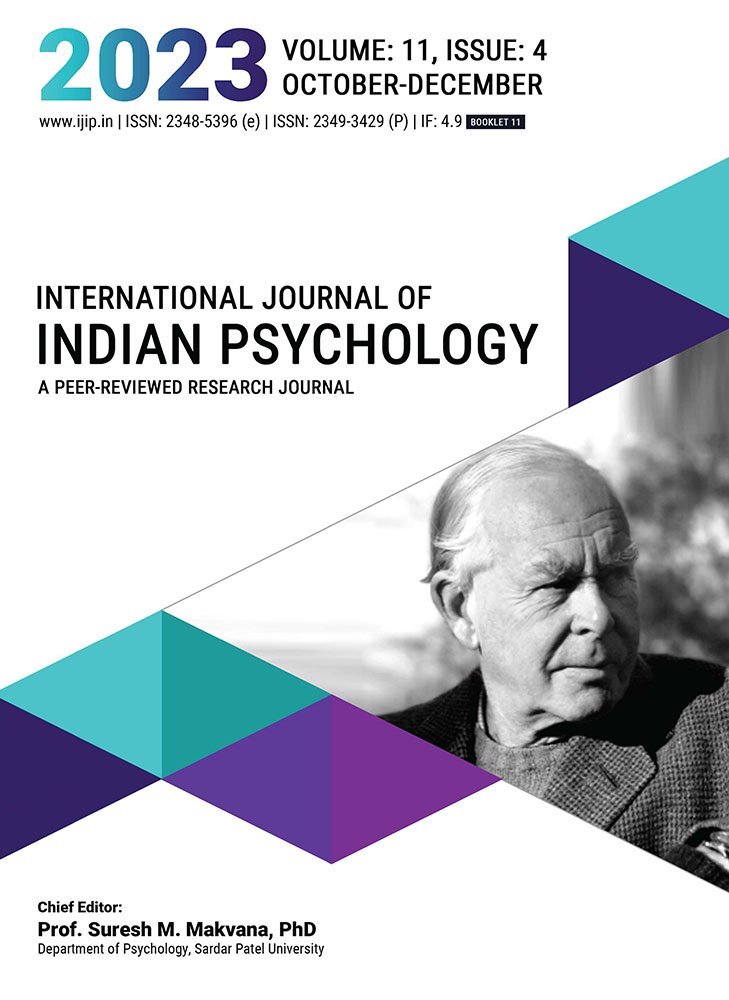Extrapolative Utility on Assessment of Depressive Symptoms Among Elderly Population
DOI:
https://doi.org/10.25215/1104.196Keywords:
Elders, Depression, Assessments of Depression, Psychological Distress, literature review, Geriatric depression scaleAbstract
Purpose: Attempting to explore the symptoms of depressive elders with an intention to prevent psychological morbidity is the purpose of the current study. This article aims to analyze various assessments which diagnose depression and discuss utility, with an objective to evaluate assessment of depression, initiating the author to probe the various process of diagnosing depressive symptoms, a major psychological problem, effecting psychological, physical and social health. Design: The article followed in-depth review format to understand the assessments, its advantages and limitations and other contributing factors. The data is collected through the electronic media, including, SCORPUS, PsycINFO, google scholar, and Medline. Findings: Noteworthy efficacy of the assessments, highlighting the advantages and limitations are presented in the article, thereafter suggesting the factors to be included in the screening process of depression. Value: The study reviews the previous research on tools assessing later life depression, which helps in bringing quality to the life of the elders. Diagnosing later life depression cannot be assessed with one single tool because of its atypical presentation. Results will produce diagnosis of depression to promote psychological, social and physical health, to bring quality of life.Metrics
No metrics found.
Published
2022-11-05
How to Cite
Suphala S Kotian, & M S Kotian. (2022). Extrapolative Utility on Assessment of Depressive Symptoms Among Elderly Population. International Journal of Indian Psychȯlogy, 11(4). https://doi.org/10.25215/1104.196
Issue
Section
Articles


